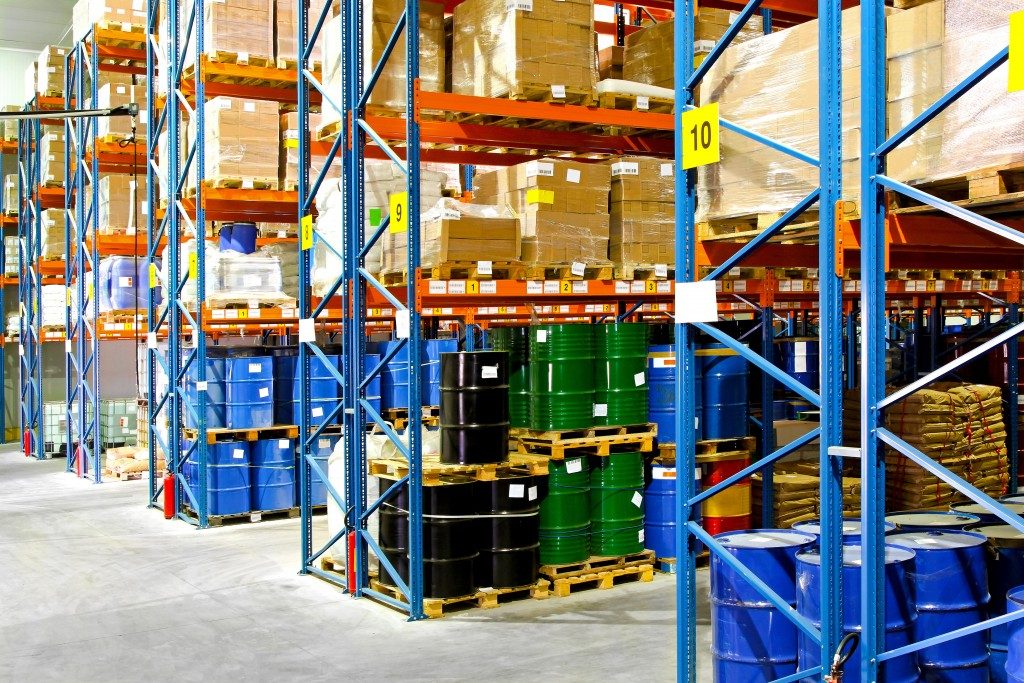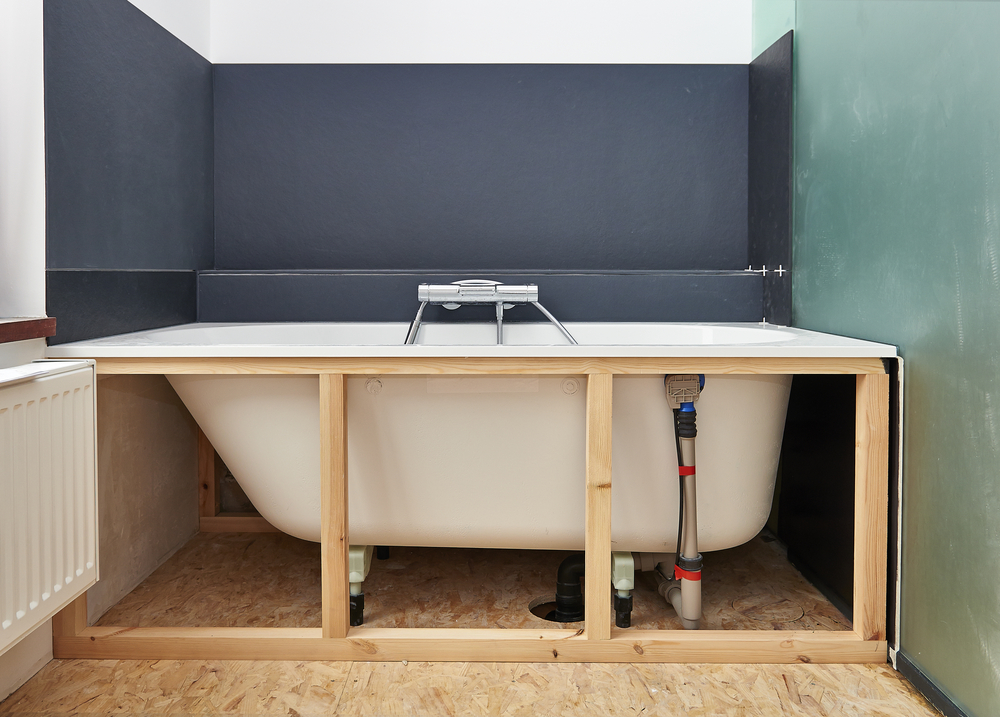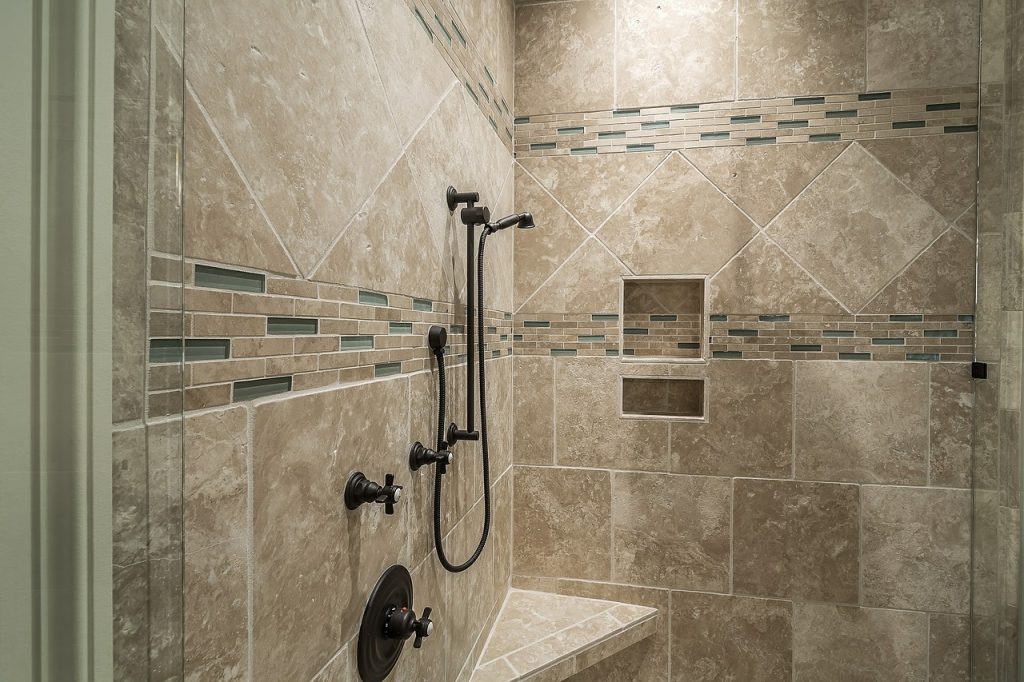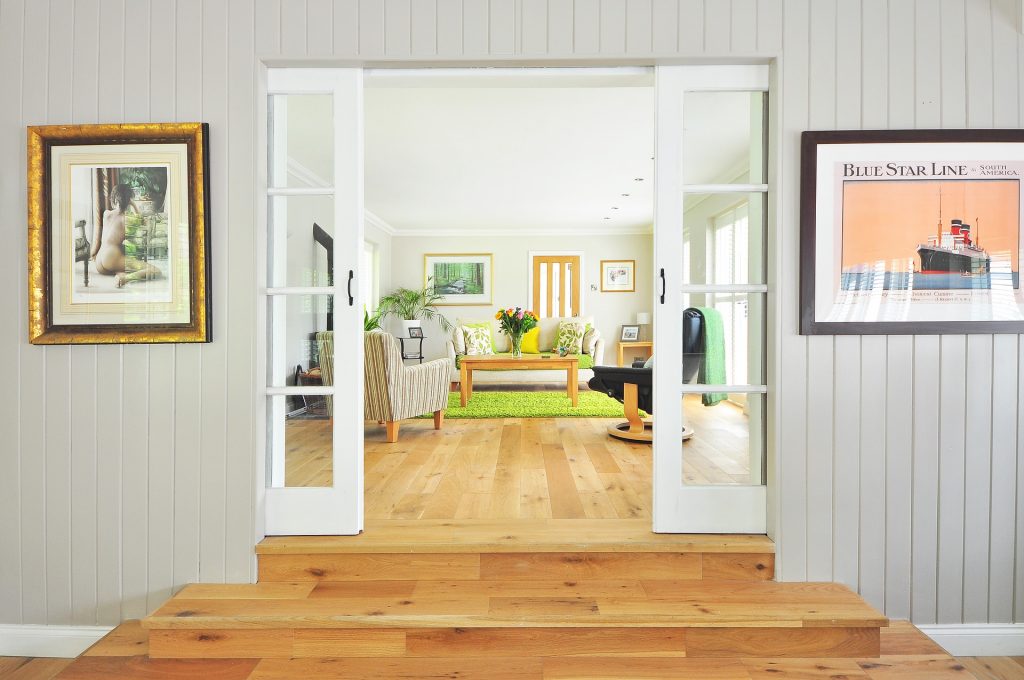Warehouses are meant to hold or store items, which is why there’s a saying that if there’s available space, it will eventually be filled. That is why even during slow seasons, warehouses typically stay occupied. That said, when the peak days arrive, managing inventory can be one of the biggest challenges that a supply chain can encounter. If you have limited space, that can be a major problem.
Technically speaking, space is considered full when it hits at least 85 percent of its capacity. This applies not just to the actual holding area but also to those locations that cover the processing, receiving, and shipping. Mezzanine systems are a practical and common solution for this issue, but expanding your storage space can take up lots of time and labor, as well as incur huge expenses. Fortunately, there are ways to increase your warehouse’s capacity without having to spend much on widening your floor area.
Consider Vertical Storage
Storing your items horizontally will take up floor space; but if you stack them vertically, you get to maximize the free air space on top and reduce encroachment on your floor. This is particularly true if you have high ceilings, which means you can store more. Just take note of the maximum height possible for the safe holding of your items; otherwise, their weight could affect the integrity of those at the bottom or, worse, everything could come crashing down.
Install Mezzanine Systems
Installing this extra space above floor-located processes can help double your work area. One important issue that you must consider is the weight and the floor’s ability to handle it. It’s best to consult an engineer before proceeding with this project to ensure safety.
Reduce Aisle Widths
Typical storage center aisles can go up to 12’, but you can certainly make it smaller, from 5’ to 8’, as long as there’s still room to move. You will need lift equipment to make this happen and ensure that your materials are arranged the right way. You might also need to install wire guidance if you’re working with extra narrow spaces.
Move Seasonal or Short-Term Products to Trailers

When storing short-term items, do not keep them with those that you need to access only every few months or so. If possible, keep them at a separate location, such as a container or a trailer. These offer temporary space for holding extra times without having to spend on expansion.
When a stock center goes beyond its 85 percent capacity ceiling, this causes congestion, which means extra effort and longer time in moving items from one point to another. It also limits your ability to bring in new materials. As with a two-car garage, for instance, if you do maximize the space and park two cars in it, you will no longer have room for your lawnmower and yard or sporting equipment.
If you do find space for them, you will need to keep moving one of your cars to get them out or put them back in. Getting smart and creative about the way you manage your floor space saves you from the hassle and expenses associated with an expansion project.




